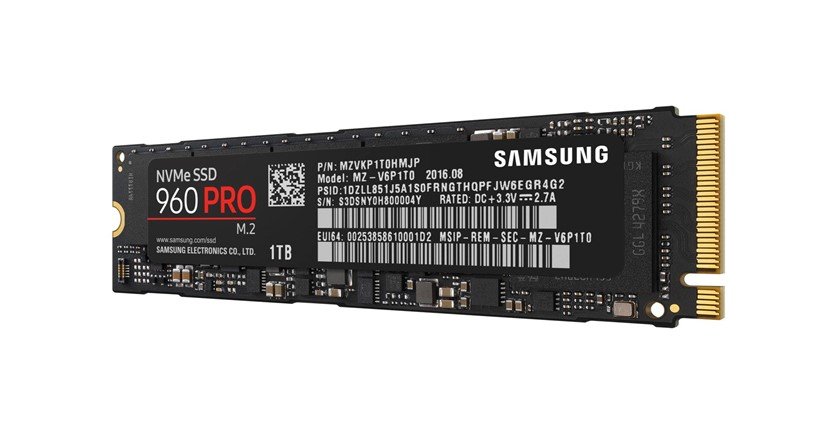Image source: pugetsystems.com
M2 is a multi-purpose connector used for storage purposes. It replaces mini-PCIe and small mSATA slots and its connectivity integrates well with the migration of SSD drive. M.2 provides solid storage state in form of a USB stick and opens up new data transfer interface. Before considering M.2 as your next storage device for your computer, consider the following pros and cons.
Pros:
1. Speed: M.2 drives are five times faster than the SSD drive and are designed for use with PCIe connector. Computers with this type of storage have improved boot time and are 10 times faster in loading video games on the screen or thousands of complex files.
2. Reliability: SSD hard drives are long-lasting and cannot physically degrade. M.2 drives are designed with the same long-lasting technology making them more reliable than other storage drives.
3. Easy installation: You can easily plug the M.2 drive straight into the PCIe bus making them faster in transferring data.
4. Compact form: M.2 drives are highly portable and reduce the weight of the SSD. It is tiny slim in size and you can pack several of them behind the motherboard.
5. Evolving technology: M.2 SSD technology is one of the growing innovation that opens your computer to plenty of upgrades in the near future.
6. Different key notches: M.2 is a unique standard which has different types of keys which prevents you from plugging the connector into a wrong drive.
7. Robust: M.2 is robust and it comes in dozens of variations. The drives have different lengths and require these multiple variations to make it unique.
8. More storage: M.2 SSD have a higher storage capacity compared to mSATA cards and you can easily expand the drives.
9. Increased performance: M.2 drive with a PCIe interface has increased performance and takes advantage of non-volatile memory express (NVMe) protocol which increases the performance and has a reduced latency.
10. Utilize the capability of connected drives: Installing M.2 SSD in your laptop or notebook computer enables your system to utilize the internally connected drives in the system. It will also free the HDD drive bay for another 2.5′ drive if you wish to.
Cons:
1. Compatibility issues: M.2 connector only supports ports with some certain keys and not all the M.2 drives support the NVME used for a faster data transfer protocol.
2. Expensive: Be prepared to pay four times as much per gigabyte for an SSD on M.2 drive. If your computer has the latest technology like Intel Optane, you will pay more.
3. Interoperability: It can cause stalled adoption because of the fractured ecosystem. As the adoption of M.2 keeps on growing, there are manufacturers who are designing motherboards based on specific keys.
4. More technologies are coming: The current price to the performance curve is equivalent to 2.5 inch SSD and unless you want to stay at top performance, you can wait for upcoming technologies.
5. Size: M.2 drives have limited storage capacity and they come only with a size of between 250GB to 1TB. The storage capacity contributes to the high price of the drive although there are other drives with a higher storage capacity of 4TB but less expensive.
6. Affect bus speed: M.2 slots share the PCI bus in older motherboards and instead of piggybacking, it knocks down the bus speed on the video cards.
7. Shorter lifespan than HDD: SSD have limited write cycle thus, you can’t write a single bit of information in them without erasing and rewriting a block of data at a time.



